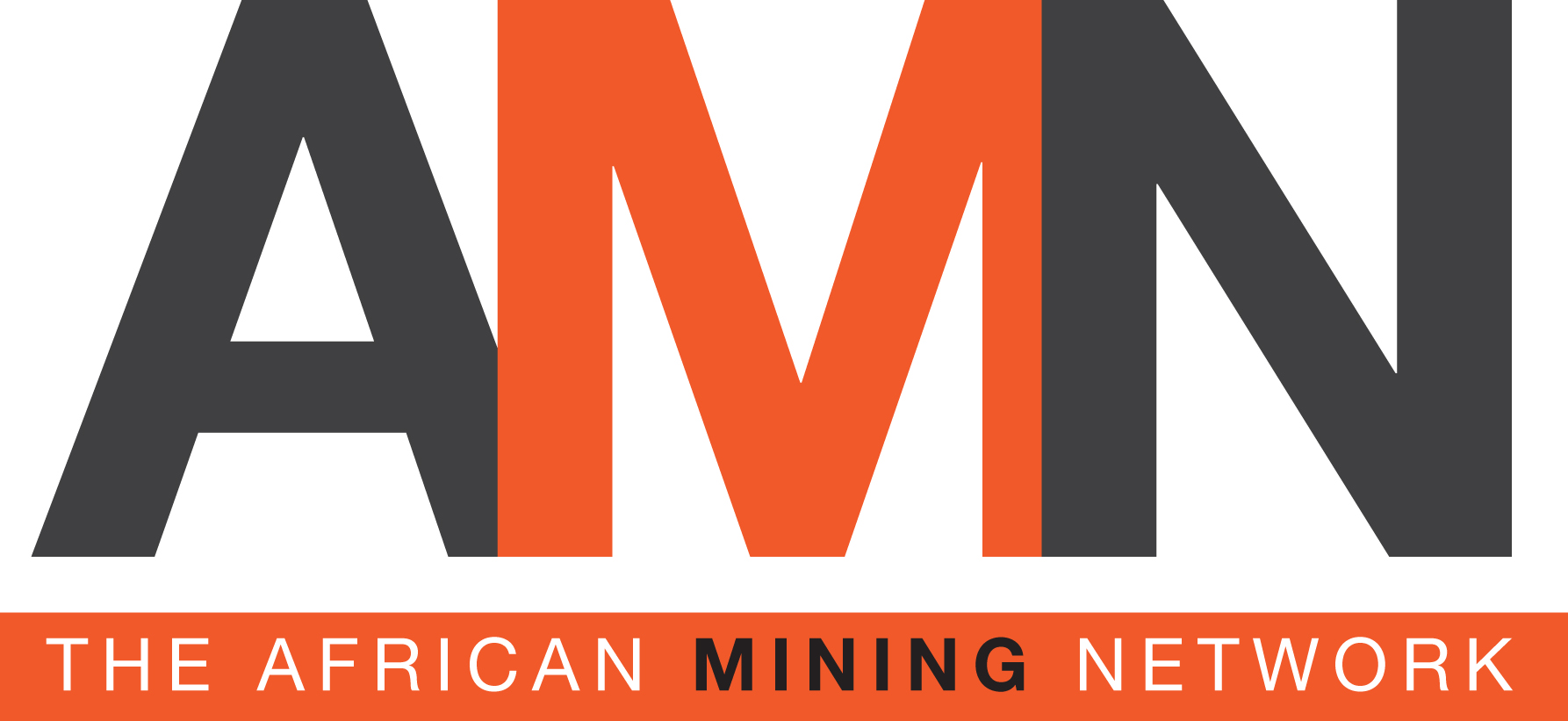- Yolanda Torrisi
- +61 412 261 870
- yolanda@yolandatorrisi.com
- Nina van Wyk
- +27 82 926 3882
- nina@africanminingnetwork.com
![]()
Morocco is recognising the role that mining plays in the North African country's economy. The government is determined to enhance this, focusing primarily on phosphate which makes up 90 per cent of mining production, but also including other resources.
The country's Minister of Energy, Mines and Sustainable Development Aziz Rebbah has released figures that show Morocco mined 35.11 million tonnes of minerals and precious metals in 2017, earning MAD56.5 billion in revenue. This compares well with 2016 when mines produced 28.92 million tonnes. Mining investments amounted to MAD32 billion.
Mining production made up 10 per cent of GDP and 20 per cent of Morocco’s exports. Apart from phosphate, Morocco also mines gold, silver, copper, zinc and cobalt.
In sharing the figures, Minister Rebbah, at a panel on 'Mineral Resource Exploitation in Africa' in Ouagadougou, Burkina Faso, said the mining sector created 41,000 direct job positions in 2017.
In BMI's latest industry trend analysis, the research group ranked Morocco’s mining sector as the second most attractive market in the MENA region, after Saudi Arabia, with an overall Mining Risk Reward Index (RRI) score of 56.3 out of 100.
The main actors in the mining sector in Morocco are the Ministry of Energy, Mines and Sustainable Development, public institutions and the Federation of Mineral Industry (FDIM).
The Minister stated that Morocco had a national strategy for developing the mining sector of phosphates and non-phosphates. The integrated strategy aims to reduce production costs, increase mining and chemical production capacities, and double phosphate production capacity.
The strategic vision of the phosphate sector, which aimed to strengthen Morocco’s leadership position, had received MAD200 billion from the government, he said.
According to a 2017 report by BMI, Morocco accounted for 73.5 per cent of the world’s 68 billion tonnes of total phosphate reserves. The country has more than 50 billion tonnes in proven phosphate reserves.
In the non-phosphate mining sector, Rebbah stated that Morocco had ambitious goals for 2025 to develop the sector. The objective was to triple the sector’s turnover, multiply investment 10-fold in exploration and mining research, and double job positions.
The government aims to almost triple mining revenue to reach EUR 1.4 billion by 2025 and generate 30,000 additional jobs. The strategy also seeks to develop a comprehensive geological map of Morocco by investing in exploration and mining research.
The European Bank for Reconstruction and Development has been actively engaged in the mining sector in Morocco since it became one of its countries of operation in 2012. All projects financed by the EBRD must be structured to meet the bank's Environmental and Social Policy (2014)[2] requirements which include compliance with national laws in addition to GIIP. Also, in the Banks Environmental and Social Policy Performance Requirement 4 (Health and Safety) makes a specific requirement to projects meeting EU OSH Directives.
To support the mining sector as a whole in Morocco, the EBRD is implementing a technical cooperation assignment to specifically support the improvement of health and safety standards in the Moroccan mining sector
The mining panel in Ouagadougou was organised as part of the third week of mining activities of West Africa (SAMAO). Its objective was to provide business opportunities to public and private sector actors to attract investors for mining and sustainable development.
- Yolanda Torrisi is Chairperson of The African Mining Network and comments on African mining issues and the growing global interest in the continent. Contact:yolanda@yolandatorrisi.com

